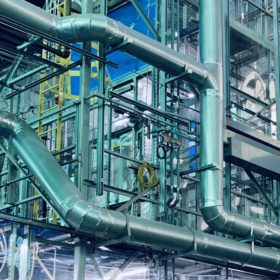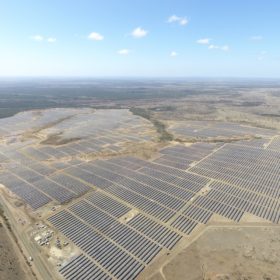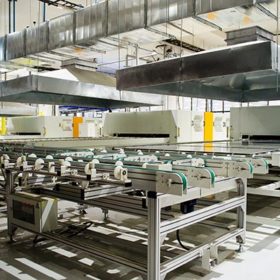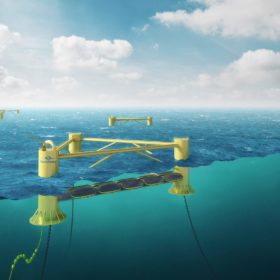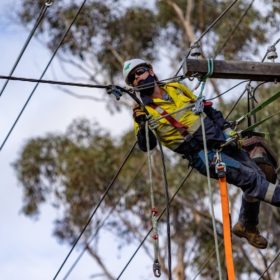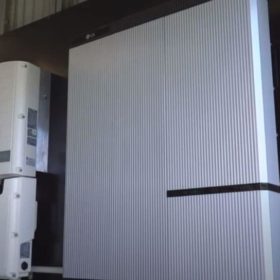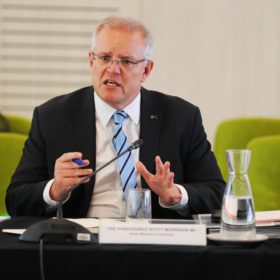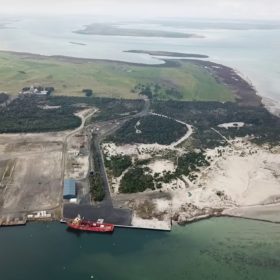Water-based electrolyser for green hydrogen production
U.S. company Verdagy has secured a US$25 million (AU$35 million) investment for its new electrolyser technology, which provides hydrogen fuel for heavy industrial applications. The membrane-based technology uses large active area cells, high current densities, and broad operating ranges to deliver hydrogen at scale.
New investor to boost Gransolar’s Australia vision
Spanish renewables group Gransolar says backing from international financier will “supercharge” its growth plans in Australia.
Australian fintech companies team up to develop ‘future’ energy retail platform
The company behind bill management platform 1bill on Monday announced it will invest more than $2 million in the energy software company Accurassi. The investment will see Accurassi build a platform for energy retailers to accelerate the transition to green energy.
India targets domestic production with 40% PV import duty, boost to manufacturing-linked incentive
India’s Union Budget, presented this week by Finance Minister Nirmala Sitharaman, allocates an extra INR 19,500 crore ($3.6 billion) to the production-linked incentive scheme for solar from April.
Shell completes Powershop takeover despite widespread outrage
Shell has completed its acquisition of green power company Powershop Australia. The takeover sparked heated outcry when it was first announced in November 2021, reportedly causing Powershop to bleed customers who felt angered and betrayed by the apparent ‘greenwashing’.
Perth ocean energy company gets funding boost from Japanese shipping giant
Western Australian ocean energy company Bombora Wave Power has received an investment of $6.74 million to deliver its pilot projects and commercialise its technology from one of the world’s largest shipping companies, Japan’s Mitsui O.S.K. Lines.
AusNet shareholders overwhelmingly approve $18 billion sale
Victorian network utility AusNet Services appears certain to be entirely foreign owned after shareholders overwhelmingly approved the sale of the company to a consortium led by Canadian asset management group Brookfield.
LG Energy Solution IPO attracts $110 billion in bids
LG Chem’s energy storage and battery division’s US$10.7 billion (AU$14.8 billion) initial public offering received a staggering response from institutional investors, Reuters has reported.
$26 billion in ‘new energy economy’ projects proposed in Queensland, as feds pay bizarre homage to coal
The Queensland government has highlighted its state attracted as much as $26 billion worth of “new energy economy projects”, according to new national resources reports. The federal government, on the other hand, used the reports to pay tribute almost exclusively to coal, with resources minister Keith Pitt dubbing it a “star”.
Longi wants to reach electrolyser capacity of 2 GW by 2023; investor enthusiasm for Port Anthony hydrogen project
Australian green energy company Port Anthony Renewables’ oversubscribed capital raising exercise has put a fresh $3 million directly into its commercial scale hydrogen precinct ahead of a planned Australian Securities Exchange (ASX) listing next year. Meanwhile, Longi reportedly plans to build 1.5 GW of production capacity of electrolysers next year, up from 500 MW today.
